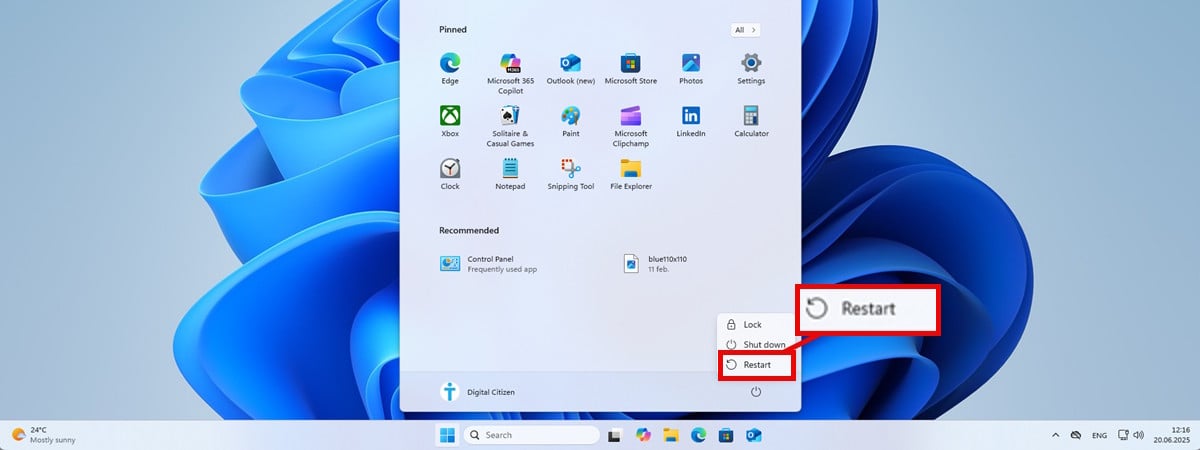Use the ‘One More’ Trick When Your Productivity Stalls

After writing about productivity and organization for more than a year, I understand better than most that the vast majority of the advice you’ll get about working more efficiently asks you to carefully schedule your day, plan out the exact type and number of tasks you’re going to do, and be diligent to the point of near-militantancy—literally. I also know better than anyone what works for me, personally—and it usually looks like nothing so meticulous.
Yes, assiduous preplanning and scheduling works for a lot of people, and are helpful in a variety of situations, but there is no universally effective productivity technique. If the intricate routes aren’t working for you or you simply find yourself overwhelmed by the sheer number of items on your to-do list, there’s a far simpler, more straightforward, and easier method to try. It’s the “one more” approach, and it’s one of my favorite productivity hacks because it works extremely well in a variety of situations.
What is the “one more” approach?
I’m borrowing the name “one more” from a Reddit poster who referred to the technique that way, thoughI’d already been doing it myself without putting a name to it. In the video, the creator described how they prefer to break their tasks up into small pieces, then continually challenge themselves to do just “one more” mini-task before stopping.
The example the video used was dealing with emails: When you have a load of messages to sort through and respond to, it can be daunting. If you use a classic technique to schedule time into your calendar just to tackle them all, you’ll be faced with the harsh reality that there are dozens of pieces of correspondence that need your attention. It’s demoralizing, and it may even cause you to procrastinate, making things worse in the long run. But if, instead of setting a time or amount, you just get to work and urge yourself to tackle “one more” email at a time, you’ll feel motivated every time you you cross one off the list. If you feel energized enough to continue, well, you only have to do “one more.”
Examples where this will be effective abound. When I was discussing the concept with my colleagues this morning, Lifehacker Senior Health Editor Beth Skwarecki noted she does something similar in the gym: She asks herself, “Can I do one more rep?” or “Can I do one more minute?” and that keeps her moving. And actually, the gym is where I use this strategy the most: It’s overwhelming to realize you have 17 minutes left to go on the treadmill, or eight reps left on a hard weight, so don’t think that far ahead. Can you do one more? And can you still do one more after that? And after that?
Why “one more” is an effective productivity strategy
All big tasks are really comprised of smaller ones and, taken individually, those smaller tasks aren’t as daunting. It’s overwhelming to write a 10-page essay, but not that bad to think about it one paragraph at a time. Every time you get one of the small parts done, you feel good about having done it. You get a boost of confidence, and you’re ready to do it again.
This approach is best suited to tasks that aren’t especially urgent, so use a system like the Eisenhower matrix to figure out which of the jobs on your to-do list can be tackled this way.
That said, while you can use “one more” for one-off tasks, it can also work when you break complex jobs down into smaller components. Even as you’re working on something bigger, you’ll get that small sense of accomplishment, and reinforce the feeling that you’re chipping away at the larger task. Especially when it’s something you don’t really want to do—like working out or cleaning—thinking small in this way can keep you from getting burned out. If a project is overwhelming you, break it down into its smallest components and just do one, without worrying about how much time you have. Keep going with just one more until you you’re out of time or finished with the job.
As a proponent of this approach, I’ll note that even though it feels great to incrementally knock out those mini-tasks, you will eventually get to the point when the answer to “can I do one more?” is “no.” When that happens, give yourself permission to just stop for a while. The goal is to boost your motivation and confidence, not demoralize you, so don’t beat yourself up if you can’t get through everything without a break.
When I’m at the gym, I can do “one more” minute on the elliptical until I can’t, and that’s fine. Taking breaks is fundamental to maintaining productivity, so let the honest answer to, “Can I do one more?” actually guide you.











